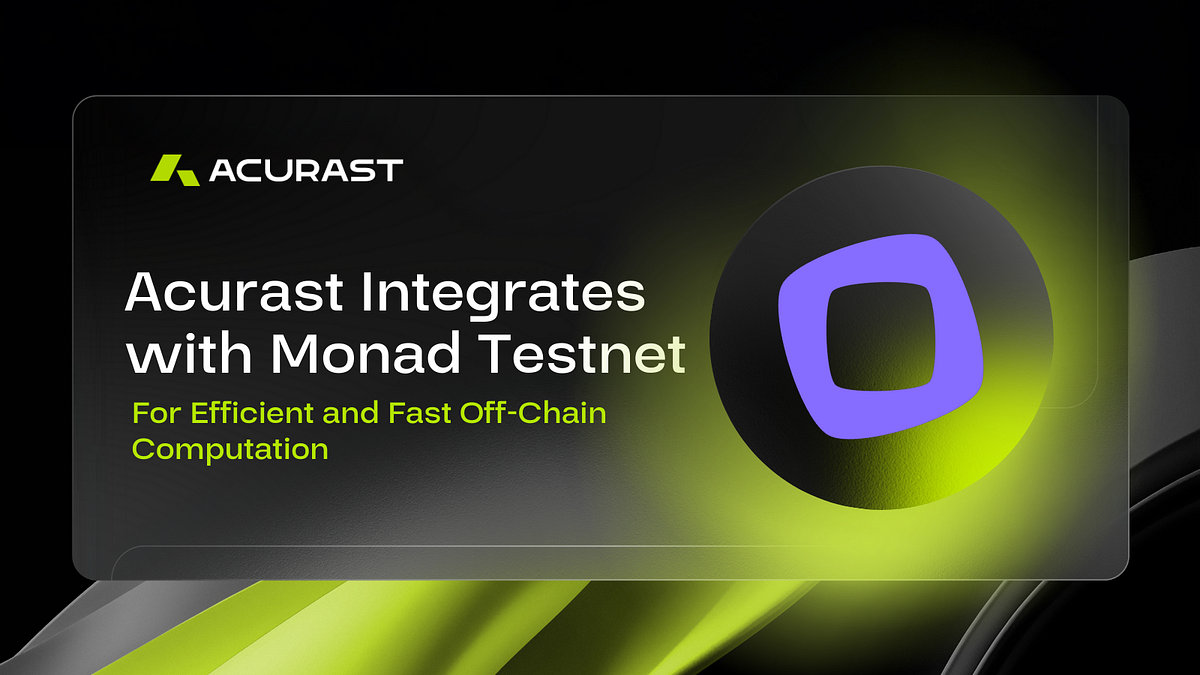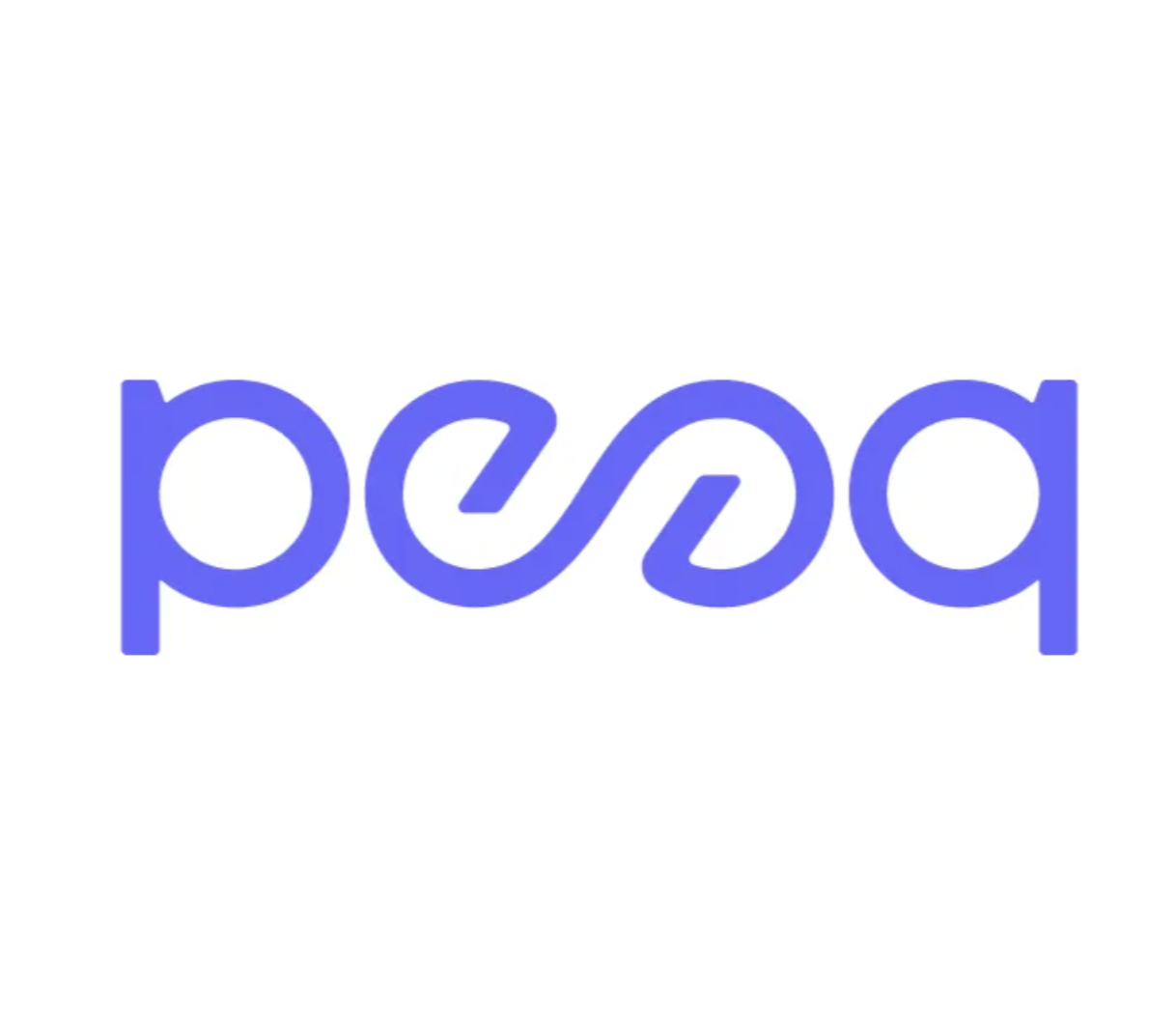The DePIN Explorer - DePIN Scan
Trending 🔥
DePIN Market Cap
$21,433,894,826
+3.2%
Volume
$4,821,795,641
-4.6%
DePIN Projects
313
DePIN Devices
21,192,234
+0.1%
DePIN Projects
Mineable page highlights DePIN projects with devices that you can mine tokens or points with. Currently 23 DePIN projects are listed here.
Device Name | Project | Category | AVG Miners Cost | Days to Breakeven | Estimated Daily Earnings | Number of On-Chain Devices | Annual Revenue | Device Public Sale |
|---|---|---|---|---|---|---|---|---|
| AI-DePIN |  | AIComputeCloud | $1 | 1 | $1 | - | - | |
| Blackbird |  | WirelessBandwidth | $890 | 81 | $11 | - | - | |
| XNet Mobile |  | Wireless | $249.48 | 84 | $2.97 | - | - | |
| Distribution Wallet for Miners | .png) | ComputeMobileAIServices | $3 | 100 | $1,000 | - | 10000$ | |
| Hivemapper |  | SensorAI | $318.66 | 113 | $2.82 | - | - | |
| GEODNET - Triple Band |  | Sensor | $694.54 | 138 | $5.04 | - | - | |
| Soarchain mini | .png) | AI | $83 | 140 | $0.56 | - | - | |
| GEODNET - Dual Band |  | Sensor | $399.02 | 155 | $2.57 | - | - | |
| Aethir Edge |  | AICloudCompute | $1,399 | 175 | $8 | - | - | |
| N3 Edge V1 | .jpg) | AI | $900 | 190 | $4.731 | 9,510 | ~$3.5M/Month | |
| Helium - Mobile |  | Wireless | $259.2 | 240 | $1.08 | - | - | |
| Phoenix 01 |  | AICompute | $1,300 | 365 | $3.5 | - | - |

a day ago
The Decentralization of AI Computing: A New Era of Demand and EfficiencyThe AI industry is currently experiencing a pivotal moment characterized by the emergence of smaller and more efficient models, such as DeepSeek. Contrary to expectations, these advancements do not diminish the demand for computing resources; instead, they amplify it, aligning with Jevons’ Paradox, which suggests that increased efficiency can lead to greater overall consumption. As AI models become cheaper, faster, and more accessible, the demand for computing power continues to rise, raising critical questions about how to support widespread AI inference without creating new bottlenecks in the existing infrastructure.
Historically, AI has depended on large-scale centralized infrastructure controlled by hyperscalers, which has led to concerns about accessibility, pricing, and availability. However, the introduction of models like DeepSeek challenges this paradigm by demonstrating that efficiency gains can create new pressures on computing resources. As more individuals and organizations adopt AI technologies, the total compute demand is skyrocketing, particularly as open-source alternatives gain traction. This shift is evident in the rapid development of free and open-source models that outperform proprietary options, allowing startups and independent developers to participate in the AI landscape without the constraints imposed by traditional cloud providers.
As the demand for scalable and cost-effective AI infrastructure increases, decentralized computing is emerging as a viable solution. By distributing workloads across a global network of high-performance GPUs, this model addresses many inefficiencies associated with centralized systems. Decentralization not only enhances cost efficiency and scalability but also provides greater privacy and control over data. The success of models like DeepSeek illustrates the need for a shift toward distributed AI computing, where developers and researchers can operate independently of monopolized cloud infrastructure. The future of AI computing is not about reducing demand but adapting to an ever-growing need for computational power, ensuring that the AI ecosystem evolves in tandem with its advancements.

a day ago
Mawari Launches Digital Entertainment City Namba: A Smart City RevolutionIn a groundbreaking collaboration, Mawari has joined forces with Nankai Electric Railway Co., Ltd., Meta Osaka Co., Ltd., and e-stadium Co., Ltd. to launch the "Digital Entertainment City Namba" in Osaka, Japan. This innovative project aims to create the world’s first smart city that integrates artificial intelligence (AI), extended reality (XR), and decentralized physical infrastructure networks (DePIN) on a city-wide scale. By leveraging the unique strengths of each partner, the initiative seeks to blend advanced technology with everyday urban life, fostering a vibrant digital culture and addressing social challenges through community engagement.
Mawari's pivotal role involves deploying edge computing and rendering devices across Nankai’s properties to establish a decentralized streaming infrastructure. This setup enhances user experience by minimizing latency and enabling real-time interactions with lifelike AI avatars. These avatars are designed to assist in various tasks, such as guiding tourists and facilitating communication across language barriers. The project is a significant milestone for Mawari, as it aims to democratize AI-driven immersive experiences, with CEO Luis Oscar Ramirez emphasizing its potential for mass adoption and tangible social impact.
The projected impact of the Digital Entertainment City Namba extends beyond entertainment, targeting sectors such as tourism and labor. By providing multilingual 3D guides and immersive cultural experiences, the project aims to attract more foreign visitors to Japan, thereby boosting local businesses. Additionally, it addresses Japan's labor shortage by creating flexible, remote work opportunities through AI-driven avatars, promoting inclusivity for diverse groups. This initiative not only enhances accessibility but also aligns with Japan’s pressing need for innovative workforce solutions, marking a transformative step towards a digitally integrated urban future.

a day ago
Acurast Integrates Monad Testnet to Enhance Blockchain CapabilitiesAcurast has made significant strides by successfully integrating Monad’s testnet into its network, which enhances the capabilities of real-time, high-performance blockchain technology. This integration allows Monad to be seamlessly accessible through Acurast, thereby streamlining the onboarding process for projects within the Monad ecosystem. The collaboration enables projects to utilize Acurast’s decentralized compute network, which offers efficient and cost-effective off-chain computation, ultimately strengthening the Monad ecosystem and providing builders with a more accessible way to leverage powerful processing capabilities.
Monad is distinguished for its cutting-edge blockchain infrastructure that emphasizes real-time execution and scalability. The integration with Acurast enhances Monad’s core advantages, such as optimized execution layers that significantly improve transaction throughput and efficiency. Acurast complements this by providing a decentralized compute environment that ensures data integrity and security while maintaining real-time responsiveness. This synergy allows developers to innovate without sacrificing speed or security, paving the way for advanced applications like high-frequency trading algorithms and AI-driven solutions.
The importance of this integration extends beyond mere technical enhancements; it signifies a pivotal moment for Decentralized Physical Infrastructure Networks (DePIN). While sectors like Gaming and DeFi have gained traction, DePIN represents the next frontier in decentralized technology. By merging Acurast’s compute network with Monad, the partnership is not only advancing computing capabilities but also making decentralized infrastructure more accessible and robust. With over 37,000 devices onboarded and around 170 million transactions on the Testnet, Acurast is poised to meet the growing demand for real-world applications in the crypto economy, shaping the future landscape of DePIN.

a day ago
Digital Entertainment City Namba: A Fusion of AI and XR in OsakaDigital Entertainment City Namba is an innovative extended reality (XR) project located in Osaka, Japan, which integrates artificial intelligence (AI) guides throughout the city. This initiative is powered by Mawari's decentralized physical infrastructure network (DePIN), showcasing how DePINs can effectively meet the computational demands of both XR and AI technologies. The collaboration involves key players such as Mawari, Meta Osaka, Nankai Electric Railway, and the Namba e-stadium, highlighting Osaka's rich cultural and technological heritage while pushing the boundaries of immersive experiences.
The project aims to enhance tourist experiences by utilizing virtual AI guides capable of performing various tasks, from providing guidance to offering customer service. These AI-driven characters are designed to facilitate intuitive interactions that transcend language barriers, making tourism more accessible. The integration of AI within XR experiences presents unique challenges, particularly due to the significant computational power required for graphics rendering and AI processing. DePINs, like those offered by Mawari, promise to alleviate these challenges by leveraging decentralized GPU networks to reduce latency and bandwidth demands.
As the demand for AI processing grows, the transition from graphical rendering to AI capabilities is becoming increasingly common among GPU DePINs. Notably, Render Network has successfully pivoted to include AI processing alongside its original focus on graphics. The Digital Entertainment City Namba project exemplifies this trend, illustrating the potential for decentralized GPU networks to support the convergence of XR and AI technologies. Furthermore, under Japanese law, DePIN tokens are classified as utility tokens, which helps to navigate regulatory challenges while fostering innovation in the sector.
Signup for latest DePIN news and updates


.png)




.svg)
.jpeg)

